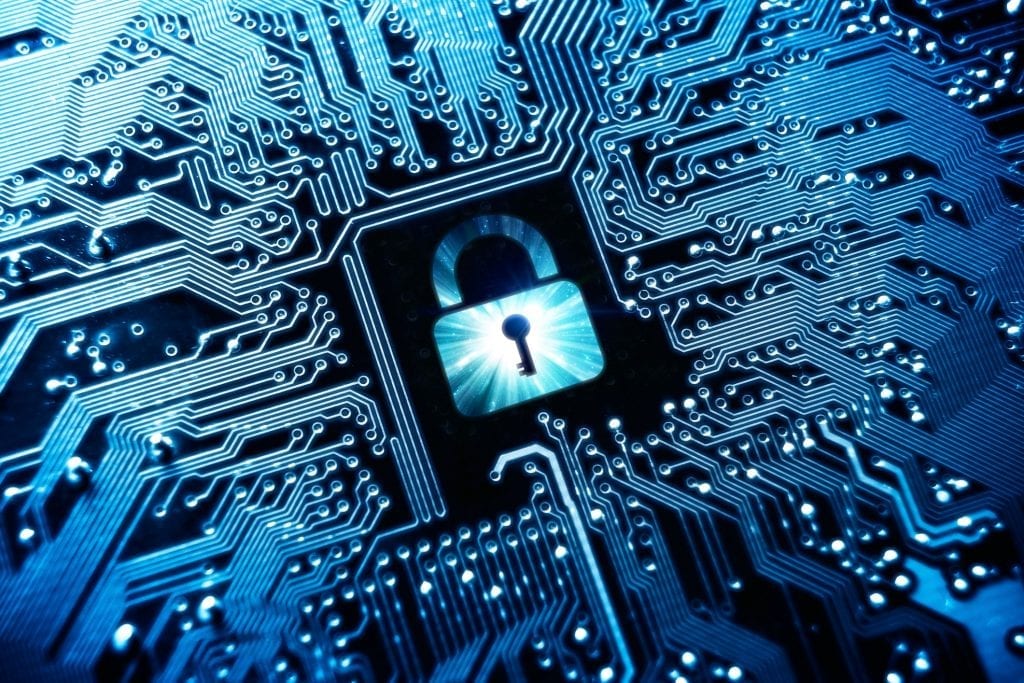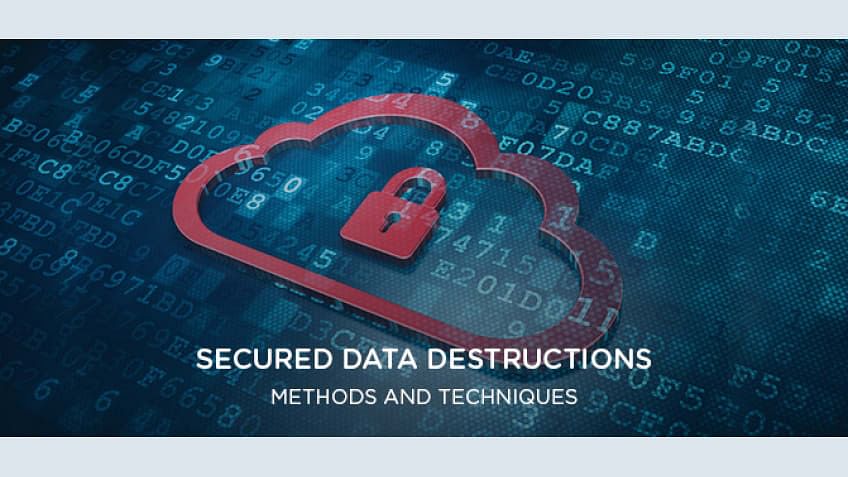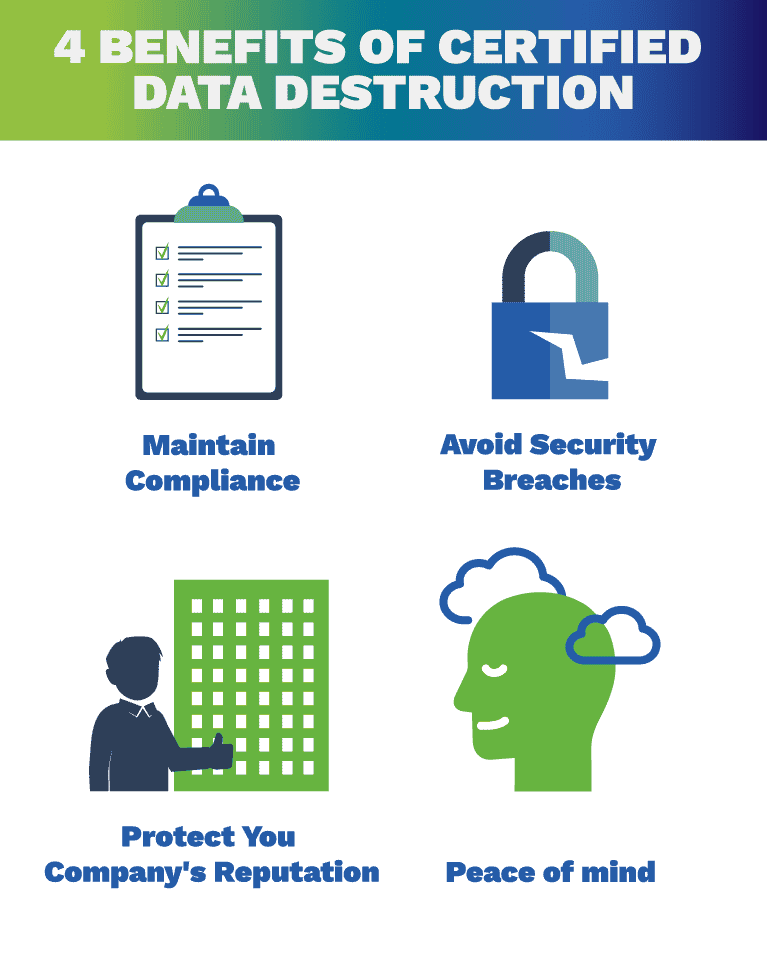Crucial Cyber Security Practices for Effective Data Destruction Strategies
Crucial Cyber Security Practices for Effective Data Destruction Strategies
Blog Article
The Importance of Effective Information Damage Practices in Safeguarding Sensitive Info and Ensuring Computer Protection
In an era where data breaches are progressively usual, the value of effective information destruction techniques can not be overstated. Carrying out durable data devastation methods not just reduces these dangers however likewise aligns with lawful compliance needs, making certain that companies maintain their credibility and foster customer count on.
Understanding Information Damage
Recognizing information damage is critical in today's electronic landscape, where delicate details can quickly be compromised. Effective information devastation includes not merely ensuring yet erasing documents that information is irretrievable with comprehensive techniques. This procedure is essential for companies that manage private client details, copyright, or inner records, as any type of breach can result in serious monetary and reputational effects.
Information devastation incorporates different methods, consisting of shredding physical media, degaussing magnetic storage space devices, and employing software-based solutions that overwrite data numerous times. Each method serves a specific purpose and needs to line up with the level of sensitivity of the details being dealt with. Physical destruction is frequently favored for difficult drives consisting of highly private data, while software application approaches could suffice for less delicate information.
In addition, sticking to market criteria and regulations, such as the General Data Defense Regulation (GDPR) or the Medical Insurance Mobility and Responsibility Act (HIPAA), is important for conformity and to reduce lawful threats. Organizations must establish a durable data devastation policy, train employees on ideal practices, and consistently examine their procedures to guarantee that all delicate details is thrown away securely and successfully.
Dangers of Inadequate Practices
Insufficient data destruction practices expose organizations to substantial threats that can have far-ranging effects. When sensitive information is not correctly thrown away, it continues to be vulnerable to unauthorized access, which can result in information violations and identification burglary. Such events not only compromise the safety and security of individuals however additionally stain the organization's track record, resulting in a loss of consumer trust fund and possible monetary repercussions.
Additionally, regulative compliance is increasingly strict in many industries. Failing to follow information destruction policies can cause hefty fines and lawful activities against companies. These charges can divert and stress financial resources attention from core company procedures.
In enhancement, the abuse of residual information can lead to copyright burglary or company reconnaissance, endangering competitive advantages (data destruction). The effect of inadequate data devastation prolongs past immediate monetary losses; it can likewise result in long-lasting damage to brand name stability and market setting

Organizations have to acknowledge that data safety and security is not only concerning protecting against violations; it also includes the liable management of information throughout its lifecycle. Overlooking efficient data destruction protocols can have devastating ramifications, emphasizing the necessity for robust steps to reduce these dangers.
Finest Practices for Information Devastation
Carrying out effective data devastation techniques is crucial for safeguarding sensitive details and maintaining compliance with governing standards. Organizations should take on a multi-faceted technique to ensure that information is irretrievable, therefore avoiding unauthorized gain access to and potential breaches.
First, data must be classified based upon level of sensitivity, enabling organizations to use proper damage methods customized to the degree of risk. For digital data, making use of software-based data-wiping tools that follow industry standards can properly overwrite existing data. Physical destruction techniques, such as shredding or degaussing, are essential for tools that store sensitive info, ensuring complete obliteration.
Developing a clear information retention policy is crucial, outlining for browse around this site how long different kinds of information ought to be preserved prior to devastation. Routine audits of information storage space systems are likewise needed to determine out-of-date or unneeded data requiring removal.
Additionally, training staff members on the value of data devastation and the details methods to comply with fosters a culture of protection within the company. Maintaining documentation of information destruction refines provides liability and supports conformity with inner plans and exterior laws. By sticking to these best practices, companies can significantly reduce the risks connected with information direct exposure.
Legal and Conformity Considerations

Failing to adhere to these guidelines can result in severe fines, consisting of substantial fines and reputational damage. Organizations has to carry out a durable information damage plan that lines up with these legal frameworks and provides clear guidelines on the proper techniques of information disposal, whether physical shredding or electronic cleaning.
Moreover, maintaining documentation More Help of data devastation activities is important for showing compliance during audits or examinations. By focusing on legal and conformity factors to consider, companies can enhance their information safety and security position and foster count on with customers and stakeholders, inevitably adding to an extra safe and secure information monitoring atmosphere.
Benefits of Effective Data Damage
Reliable information destruction methods expand past simple compliance; they provide considerable advantages to organizations that prioritize them. By ensuring that delicate info is irretrievably destroyed, companies minimize the risk of data violations and the potential financial effects connected with them. This aggressive approach not just safeguards versus unapproved gain access to yet also boosts the general dependability of the organization in the eyes of clients and stakeholders.
Applying durable data devastation methods, such as physical destruction of storage gadgets or advanced data cleaning methods, adds to the strengthening of an organization's cybersecurity pose. data destruction. It reduces the chance of intellectual building burglary and safeguards exclusive details, therefore maintaining an affordable side on the market

Conclusion
In conclusion, effective data destruction practices are crucial for safeguarding delicate information and boosting overall computer safety and security. Ultimately, a dedication to durable data devastation methods cultivates a culture of obligation, consequently strengthening a company's cybersecurity stance and keeping client count on.

Report this page